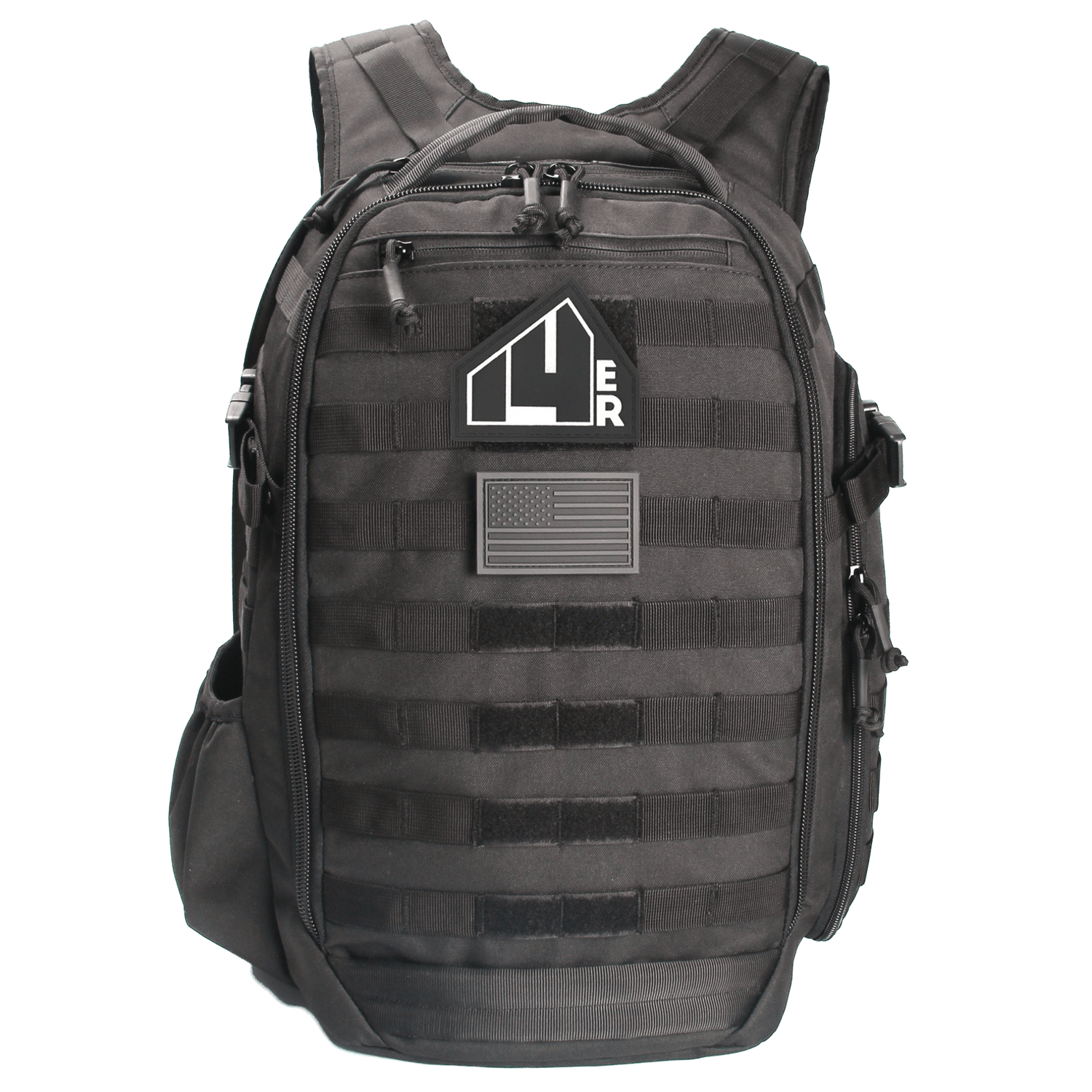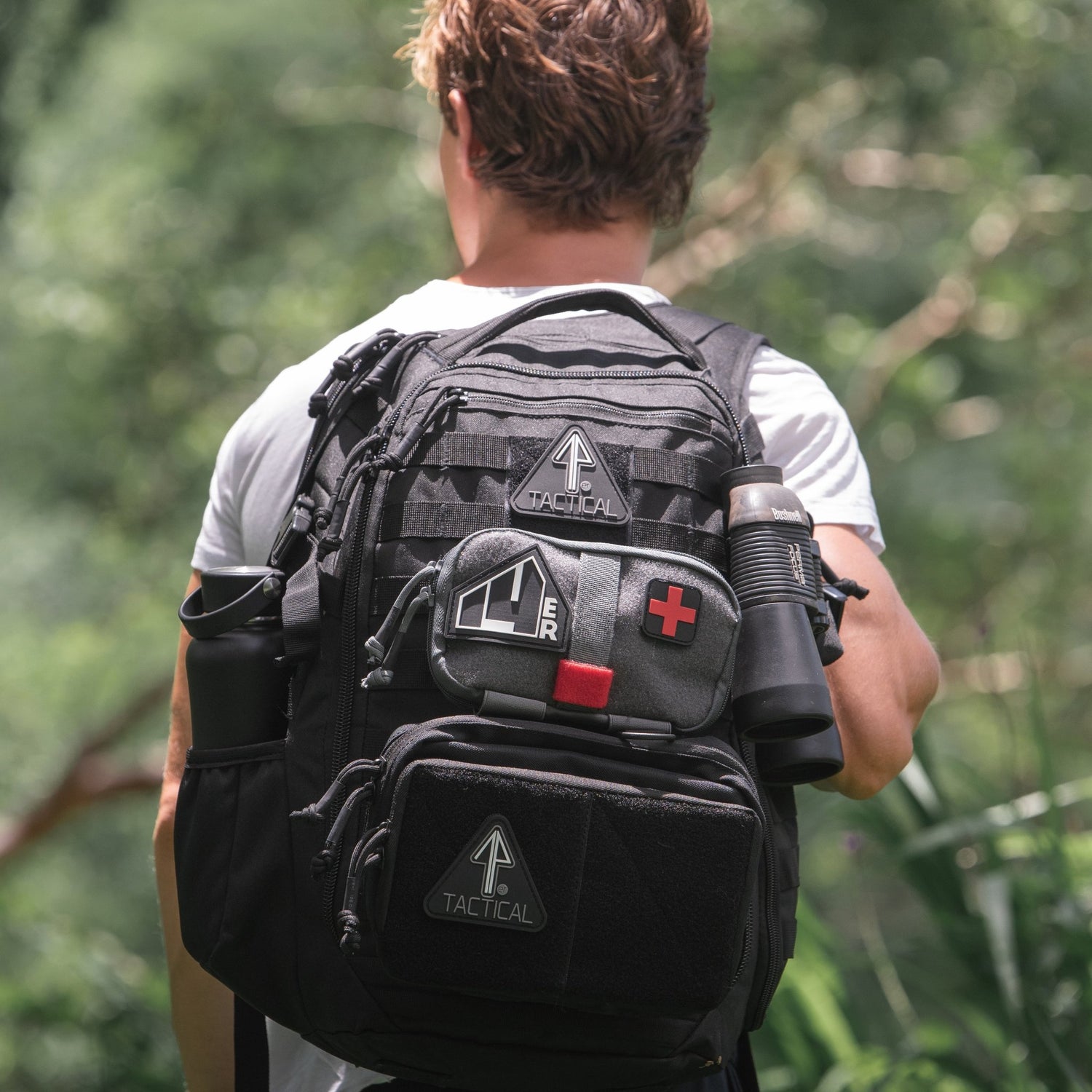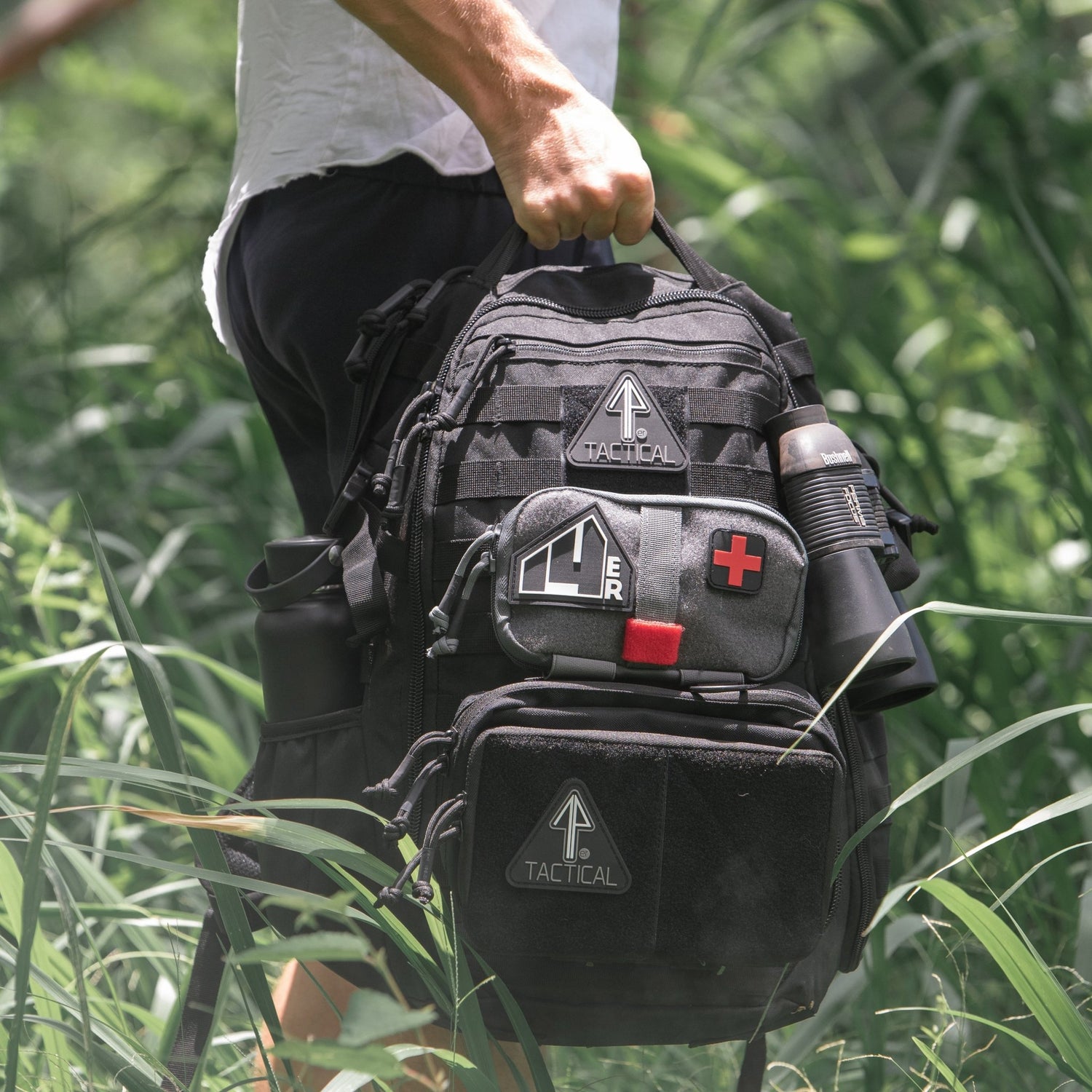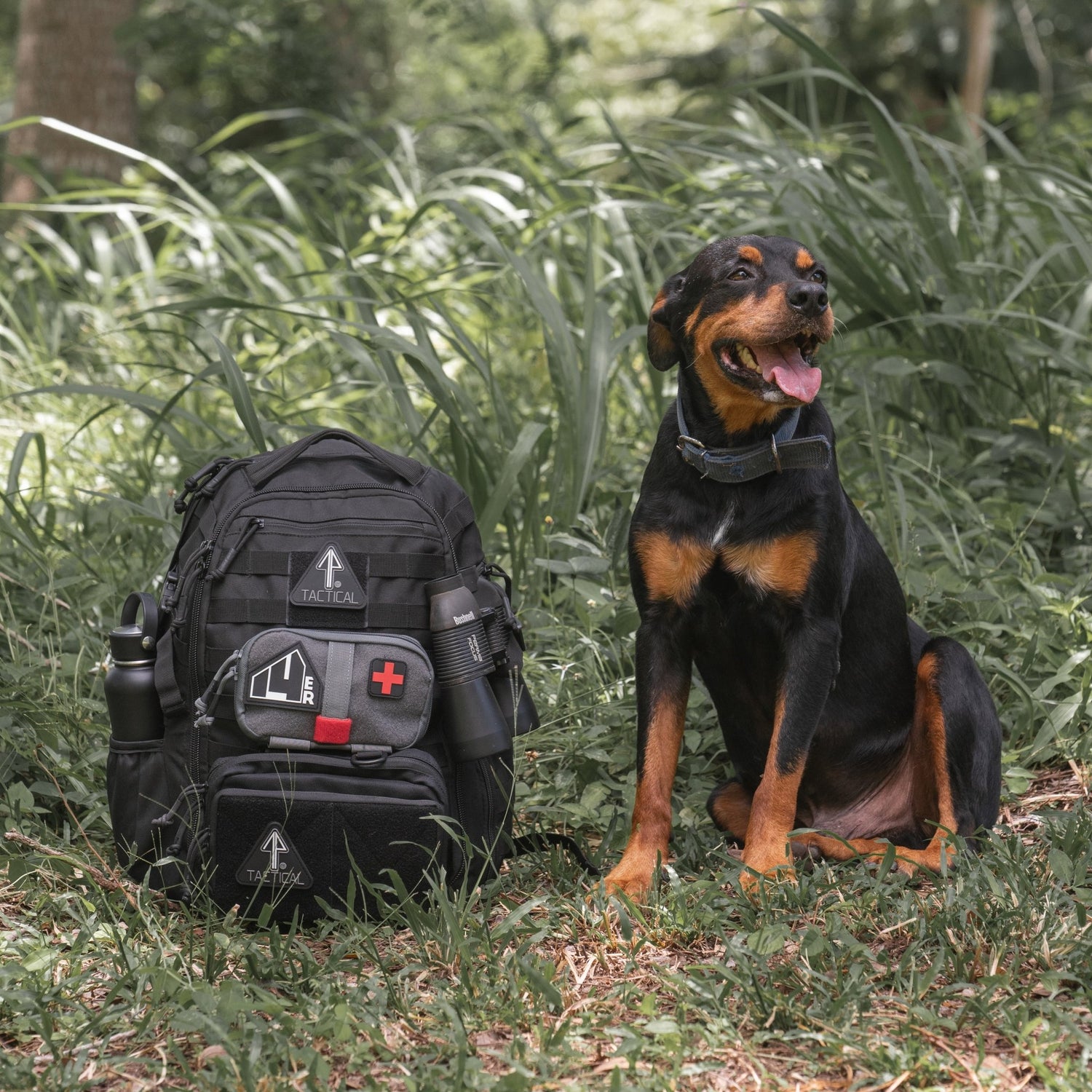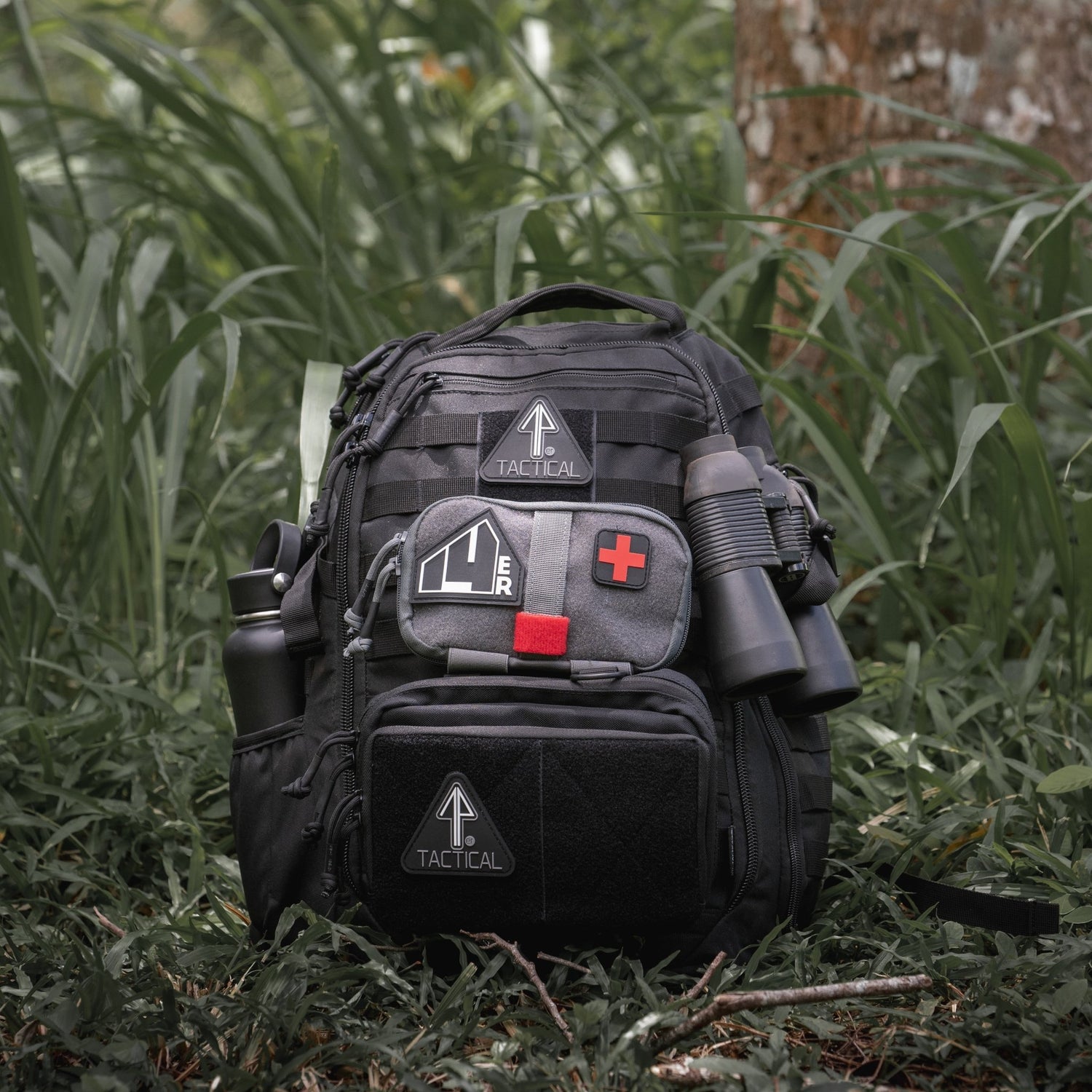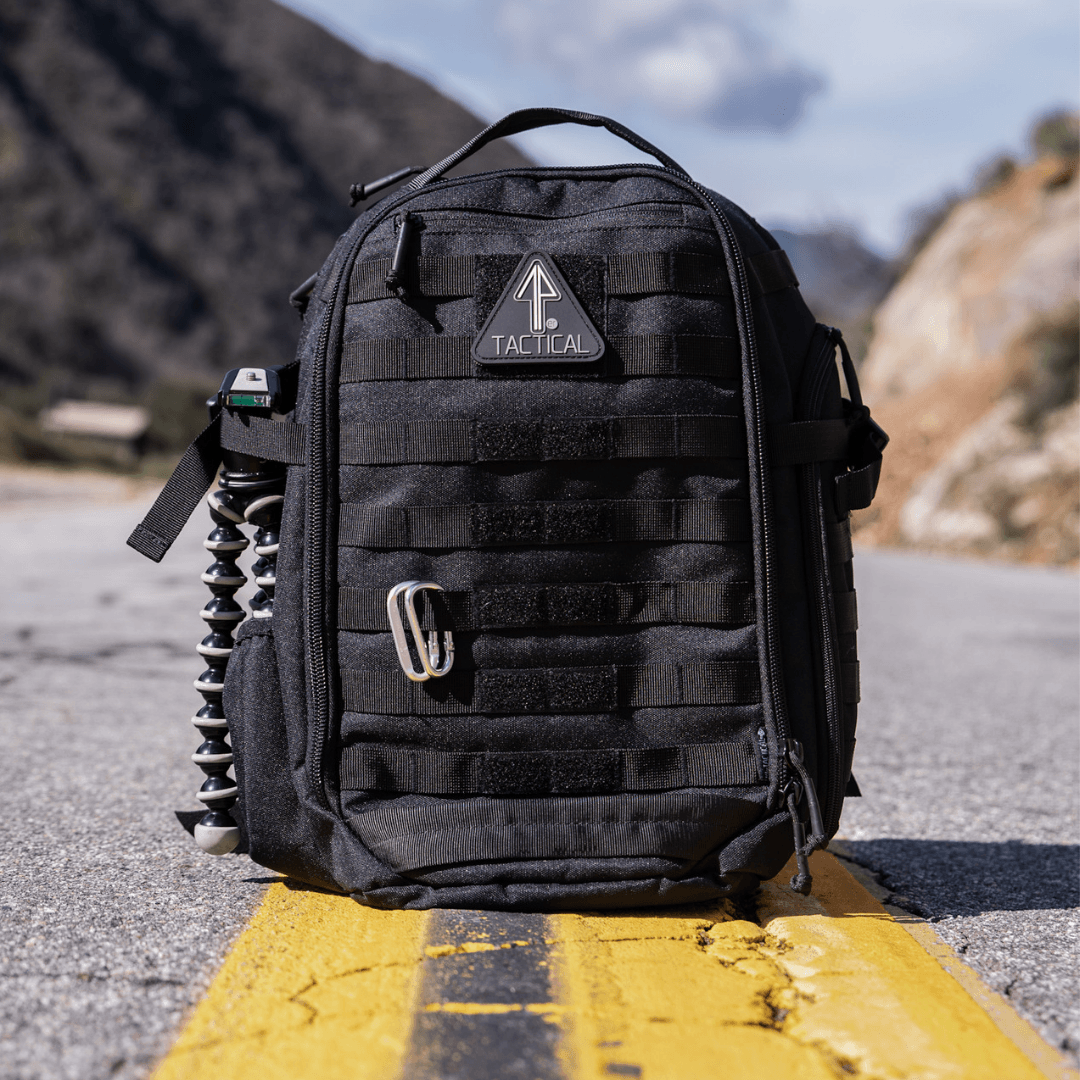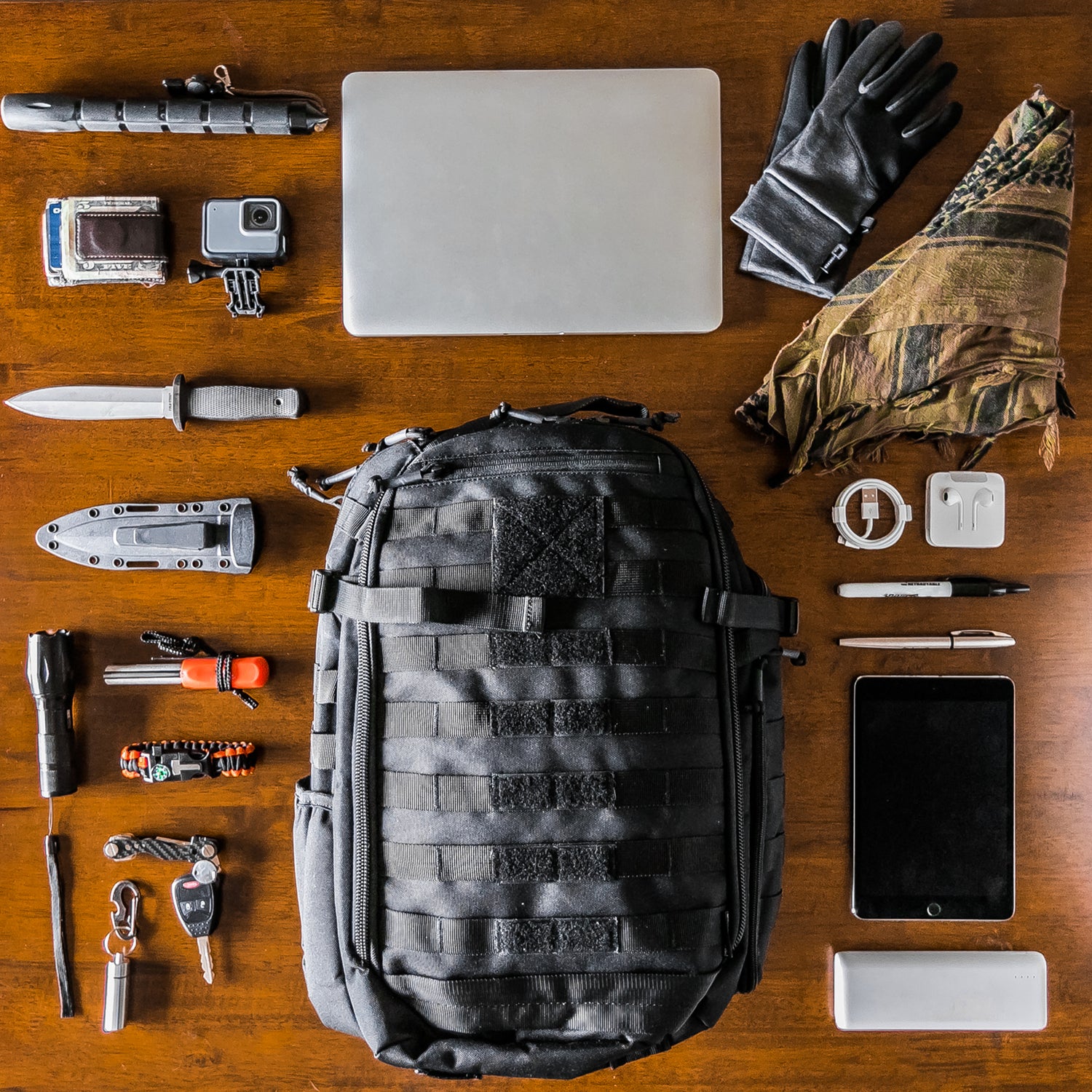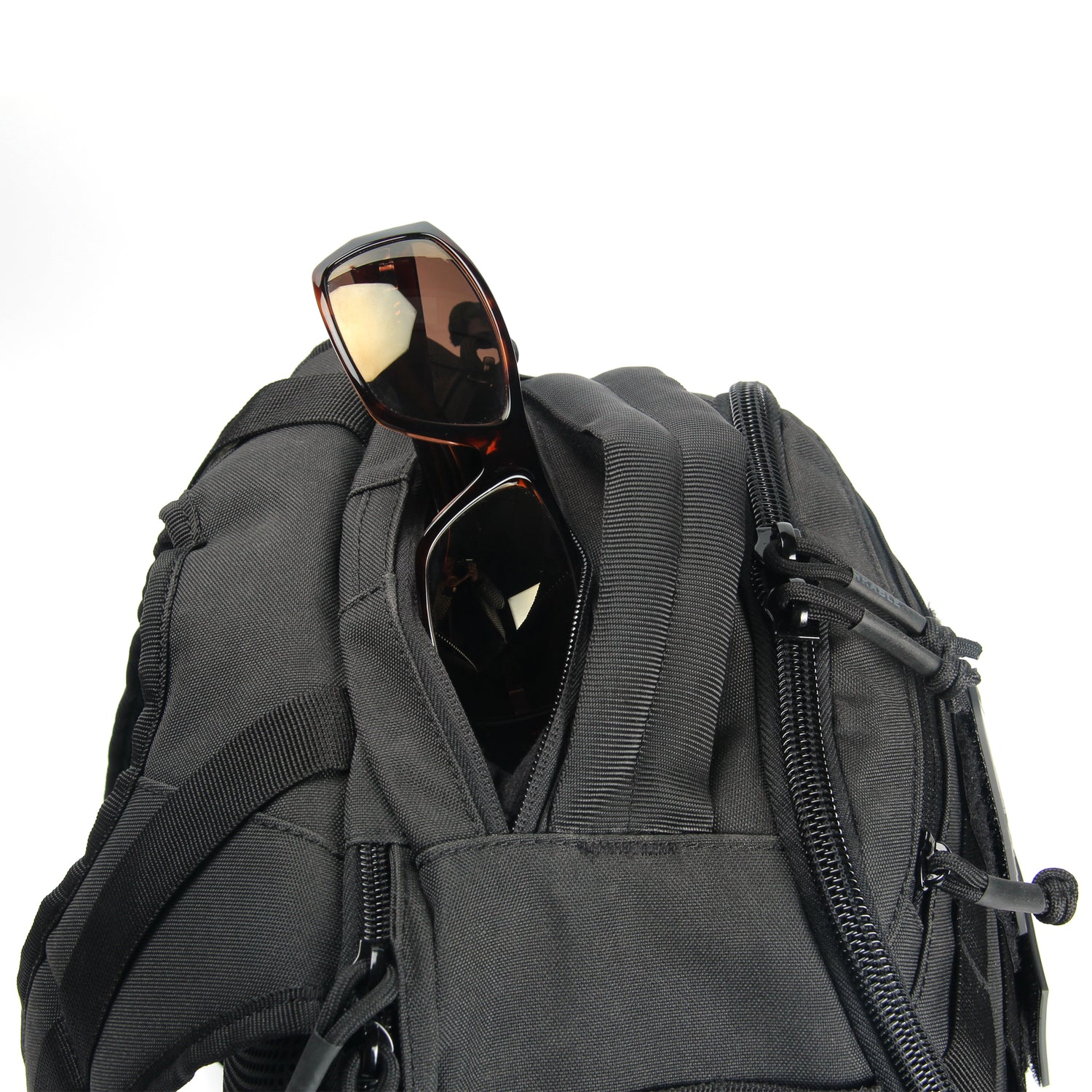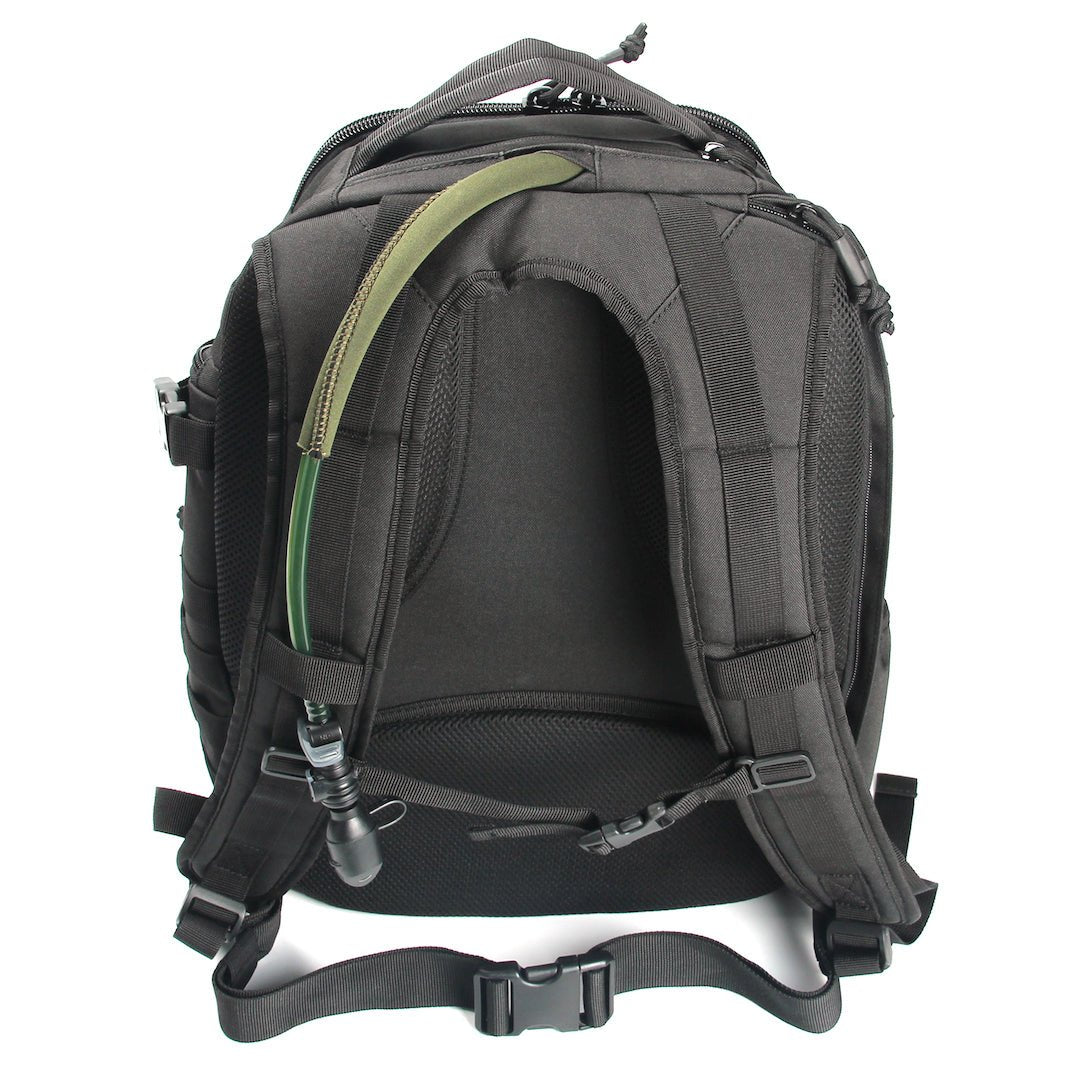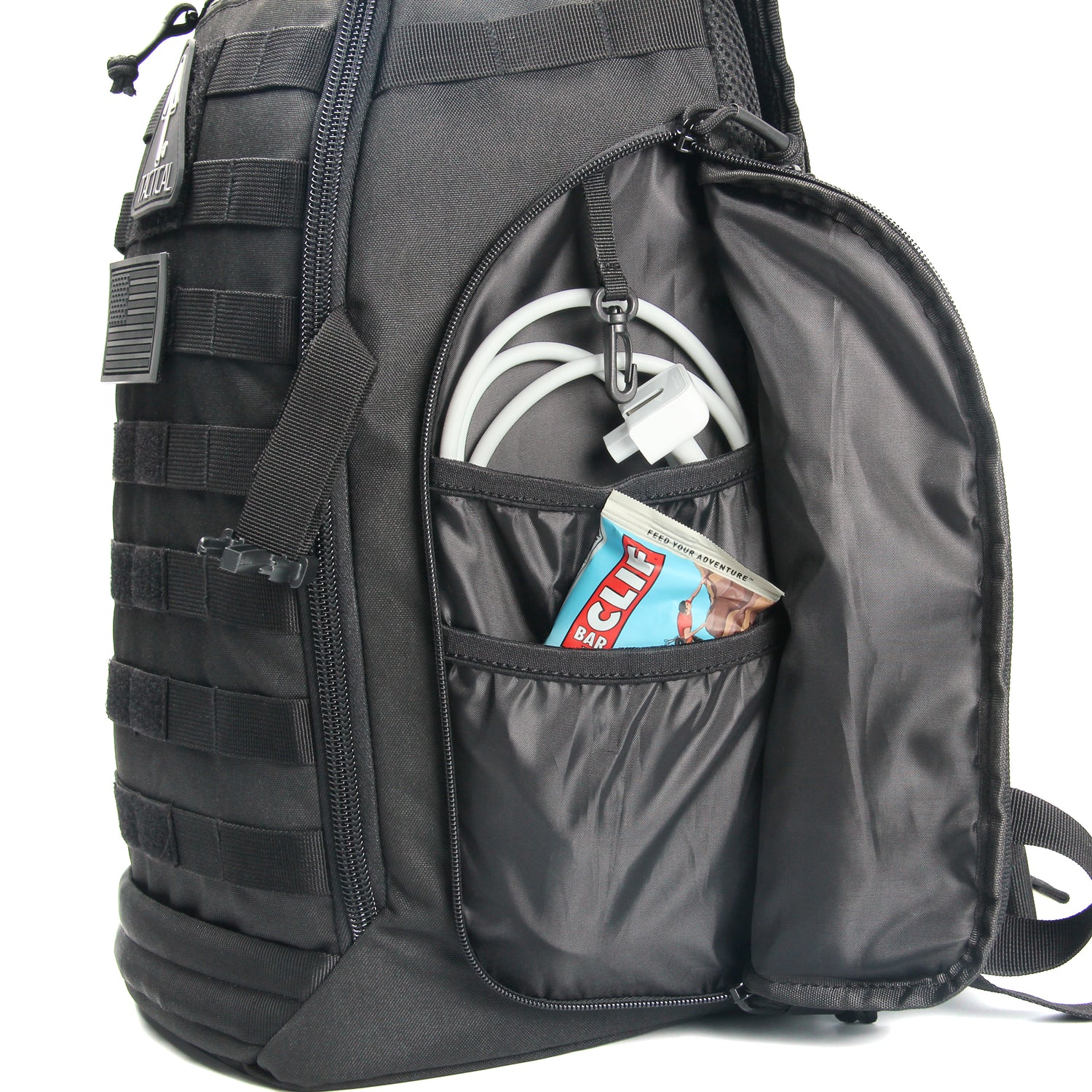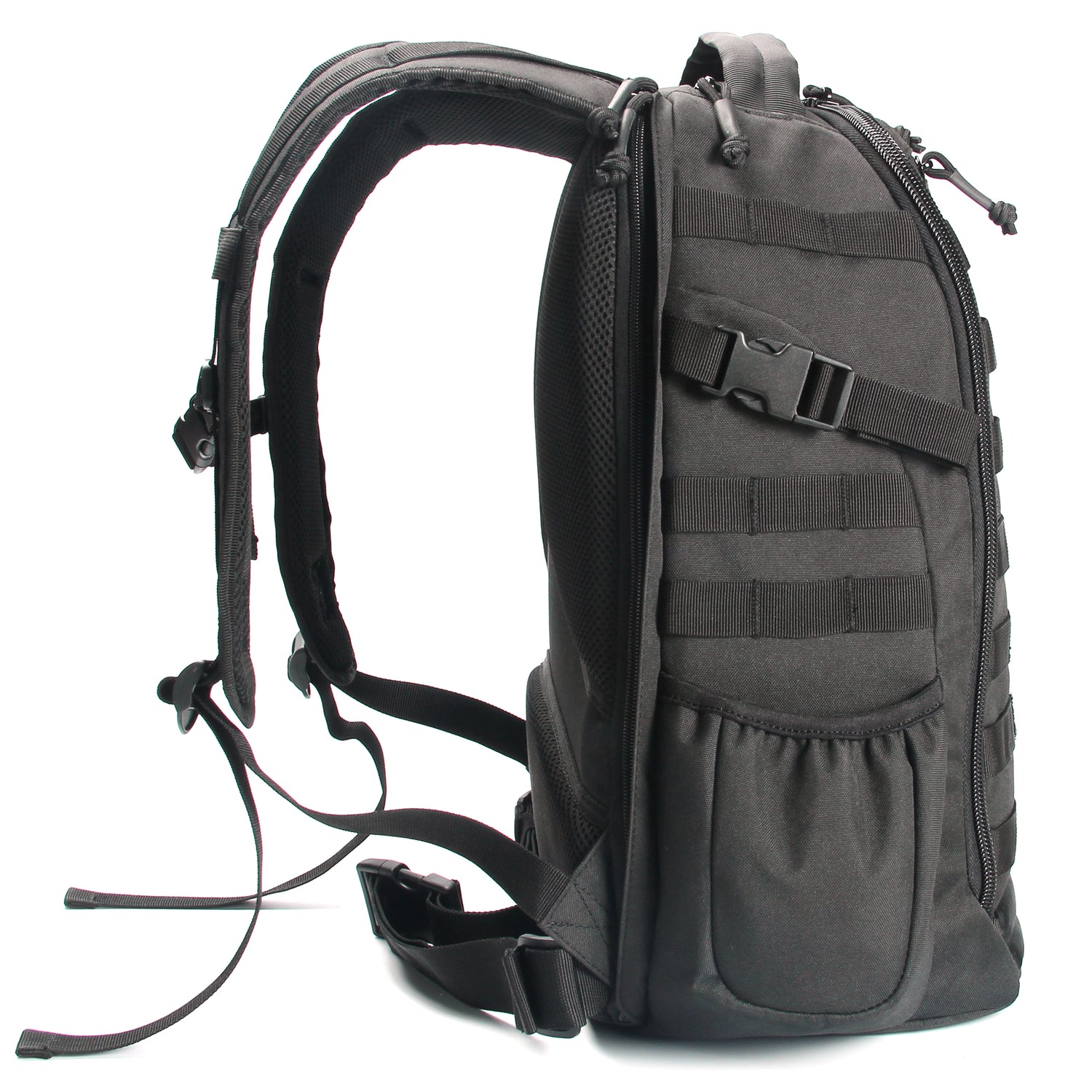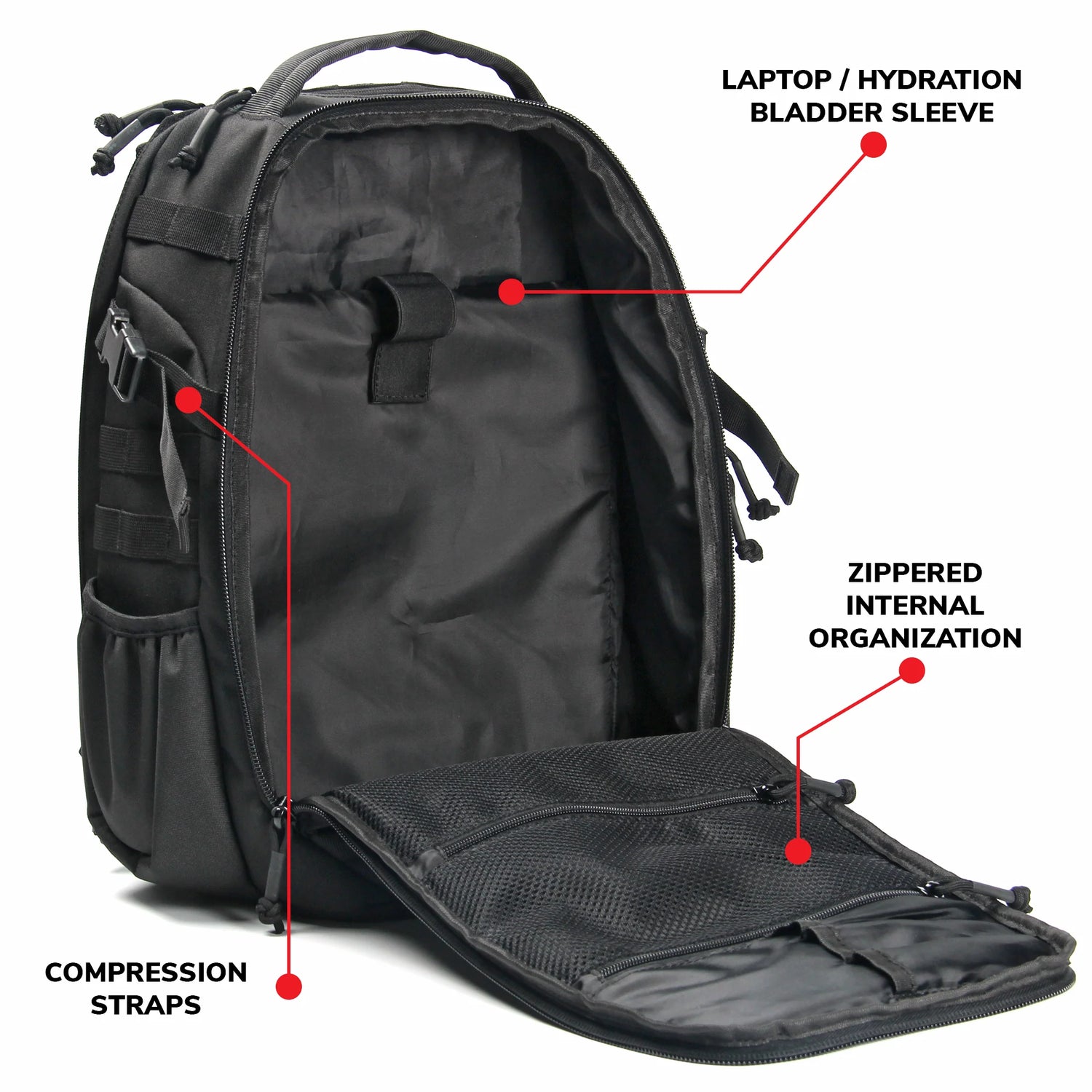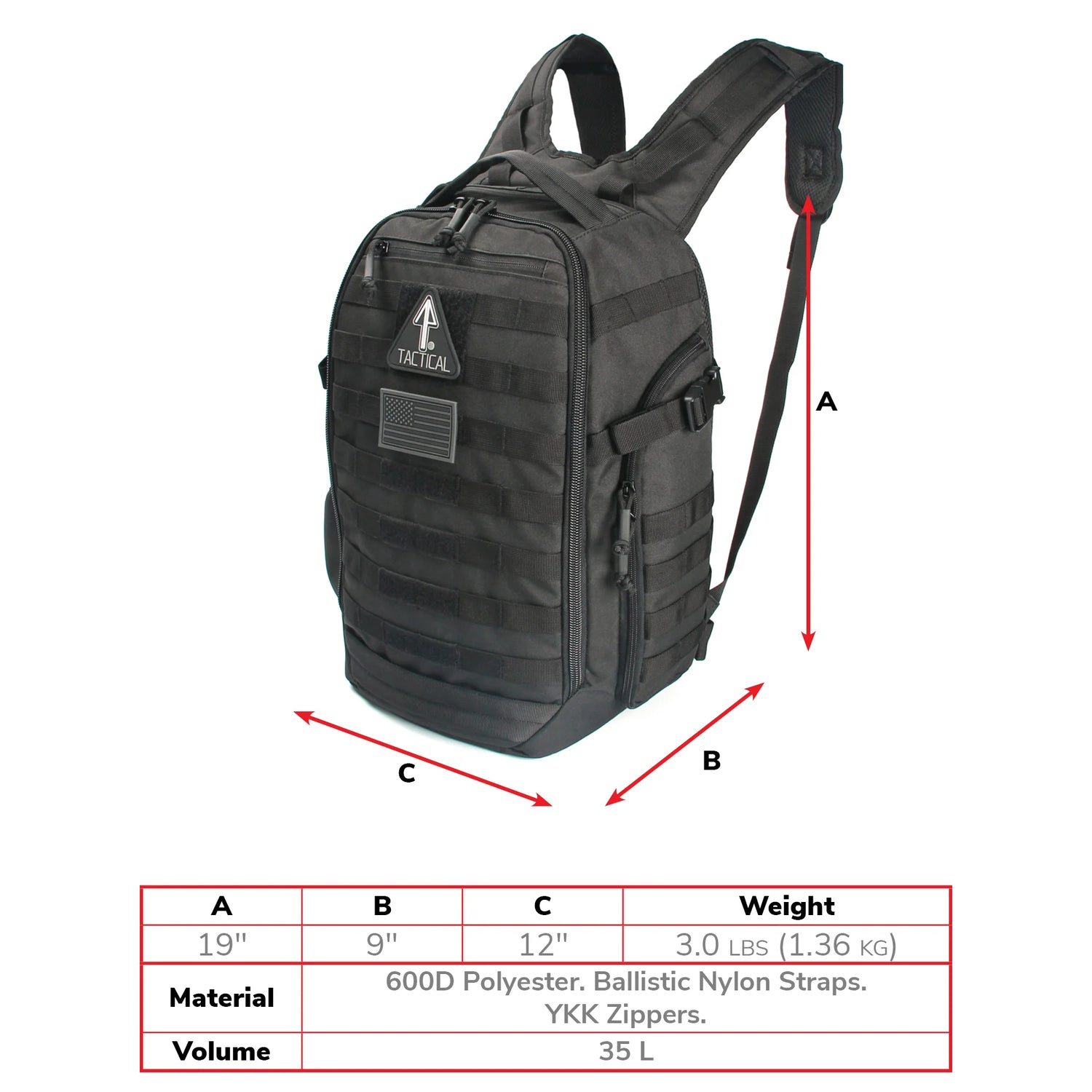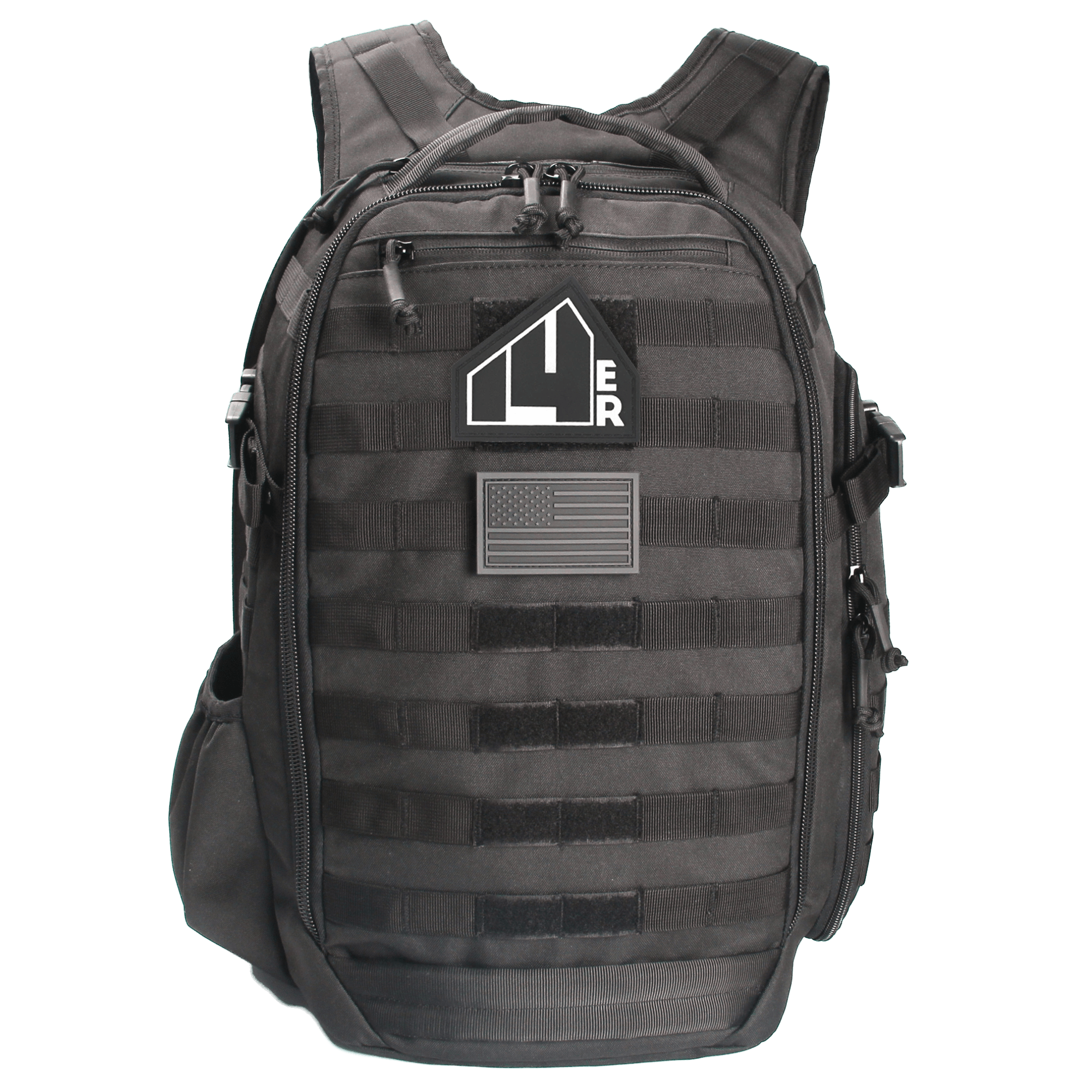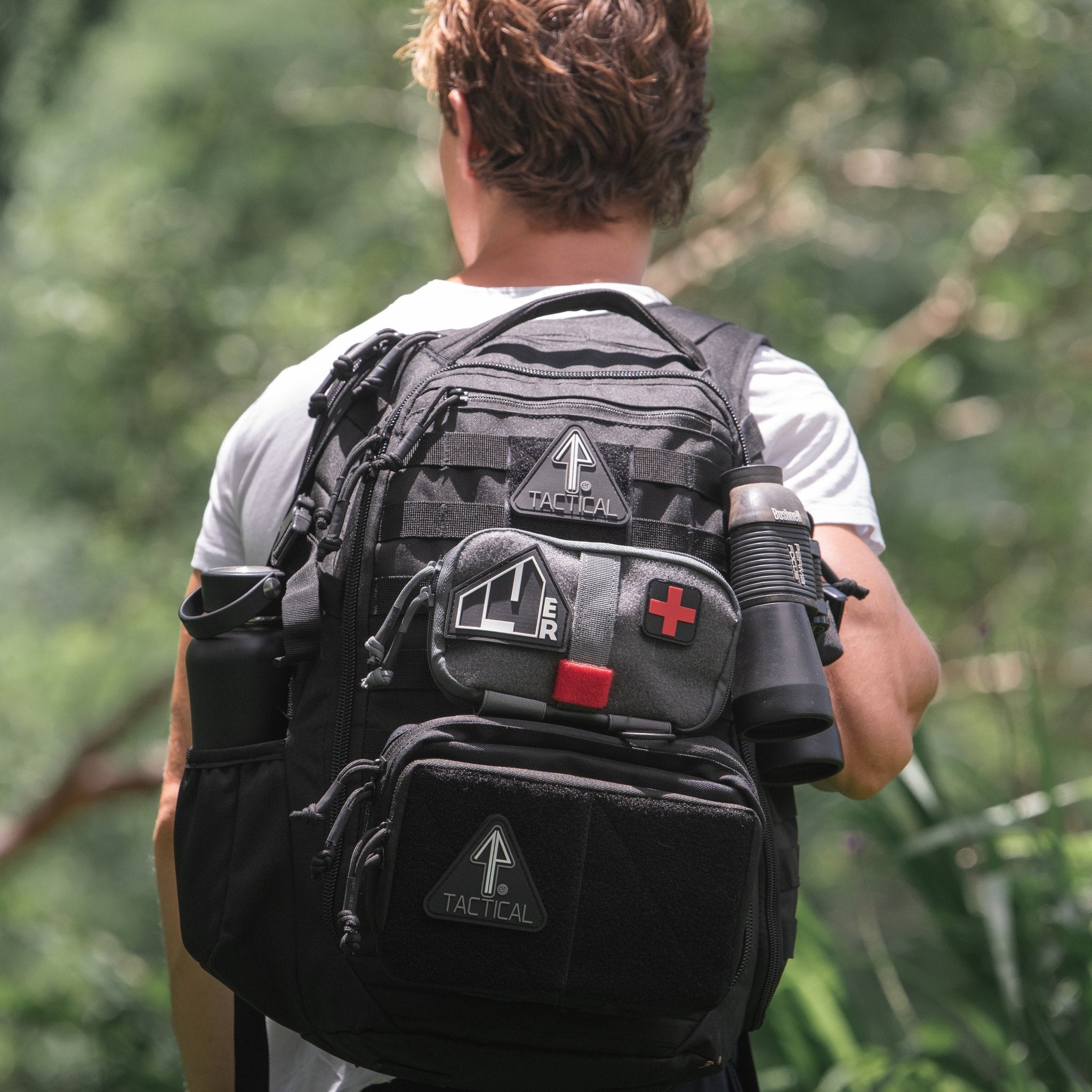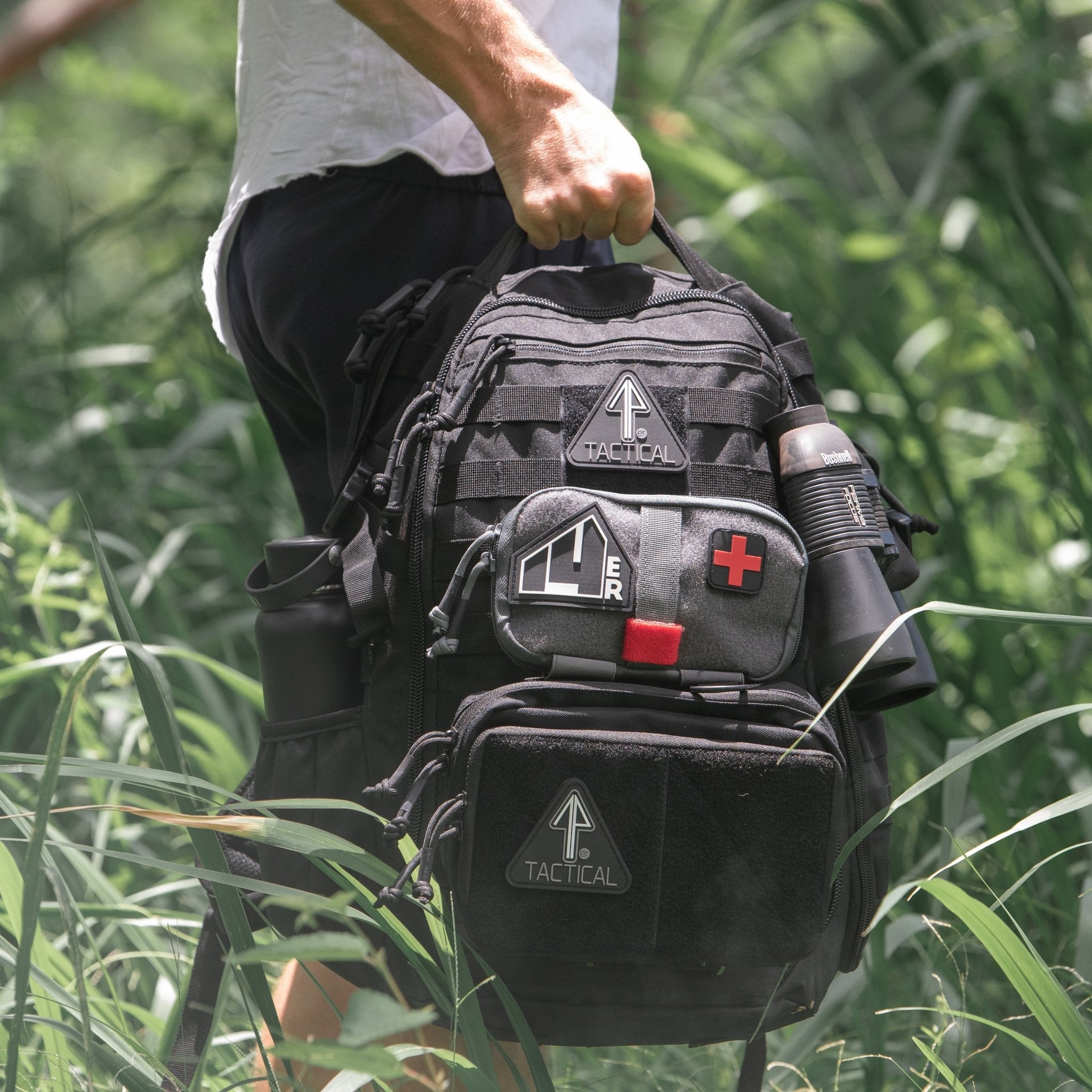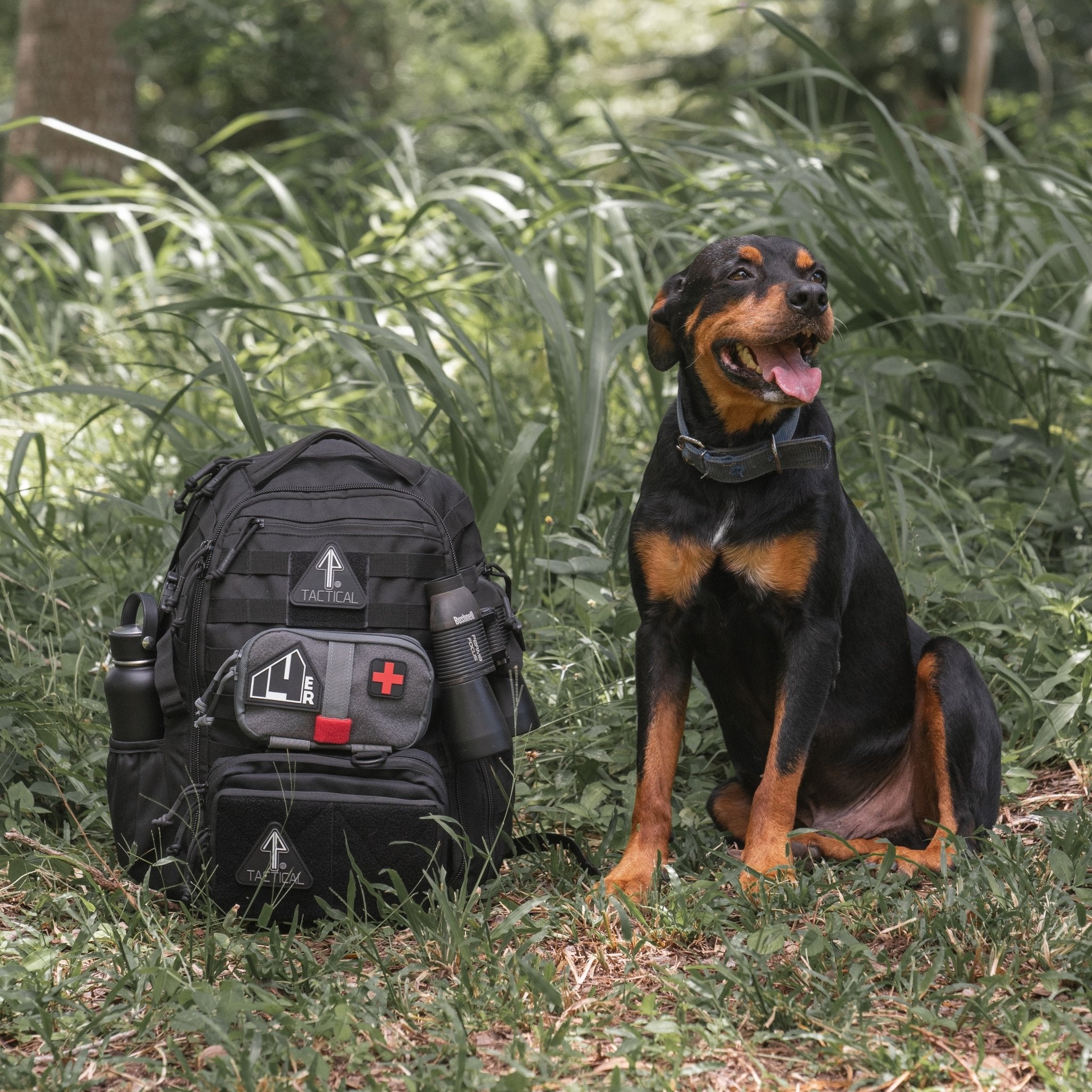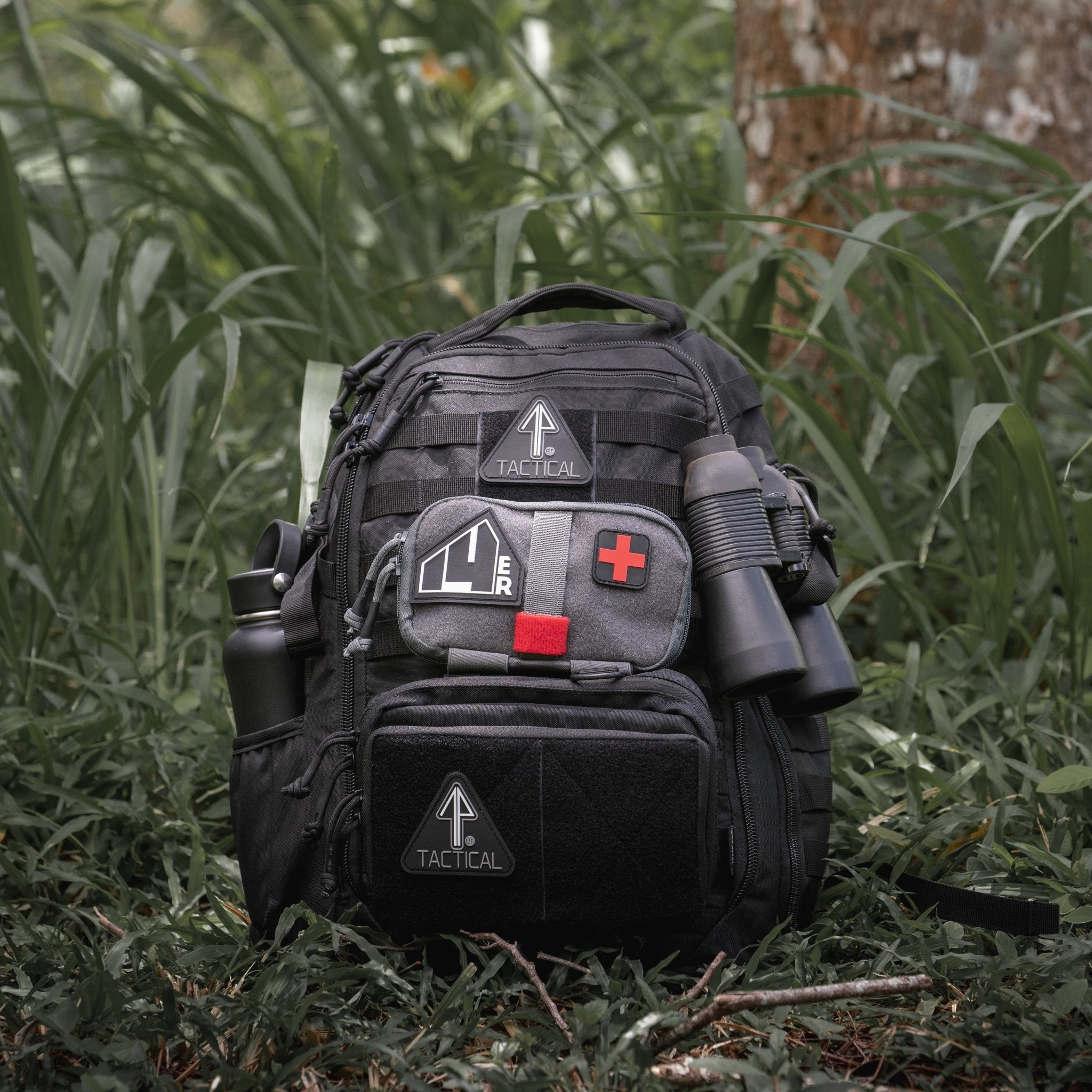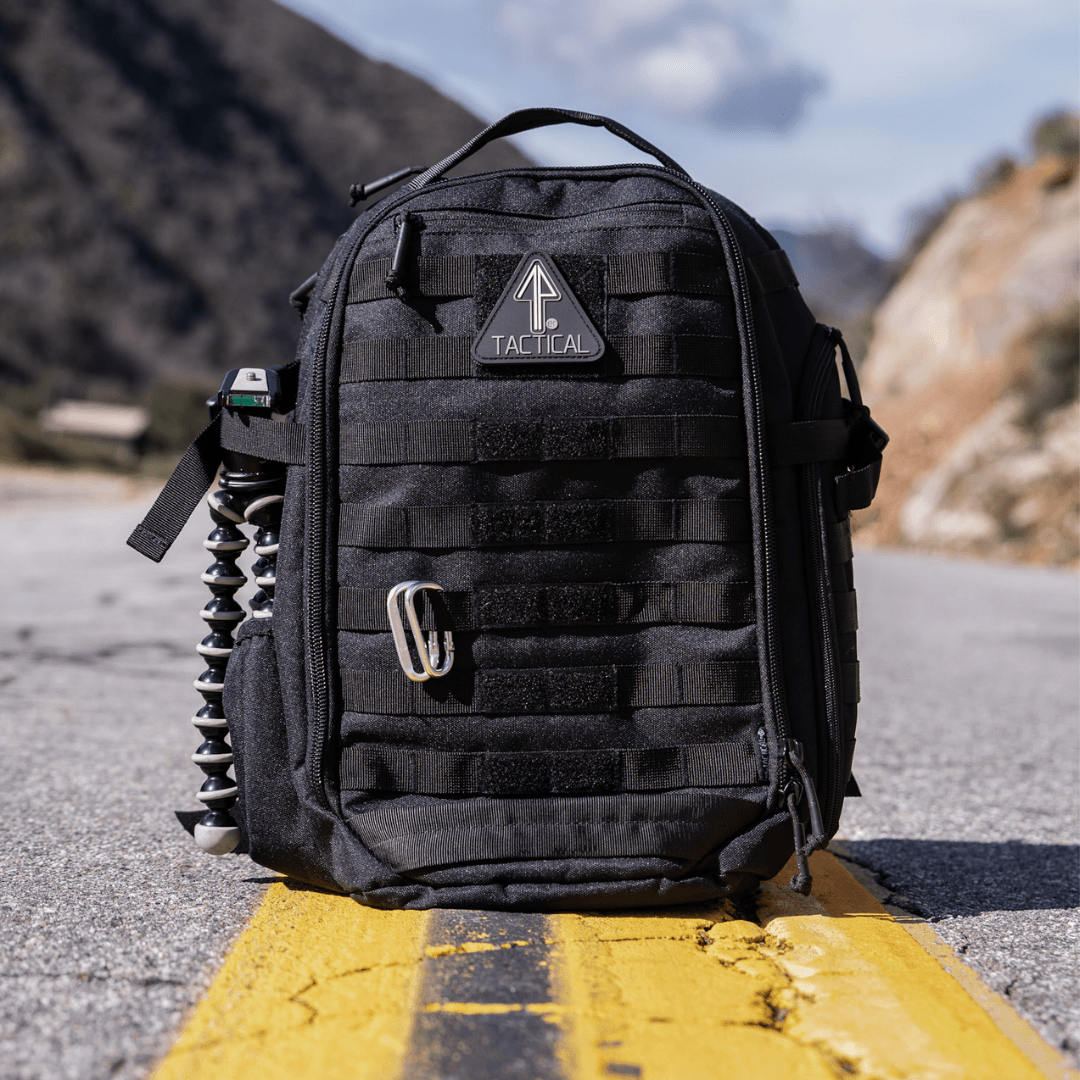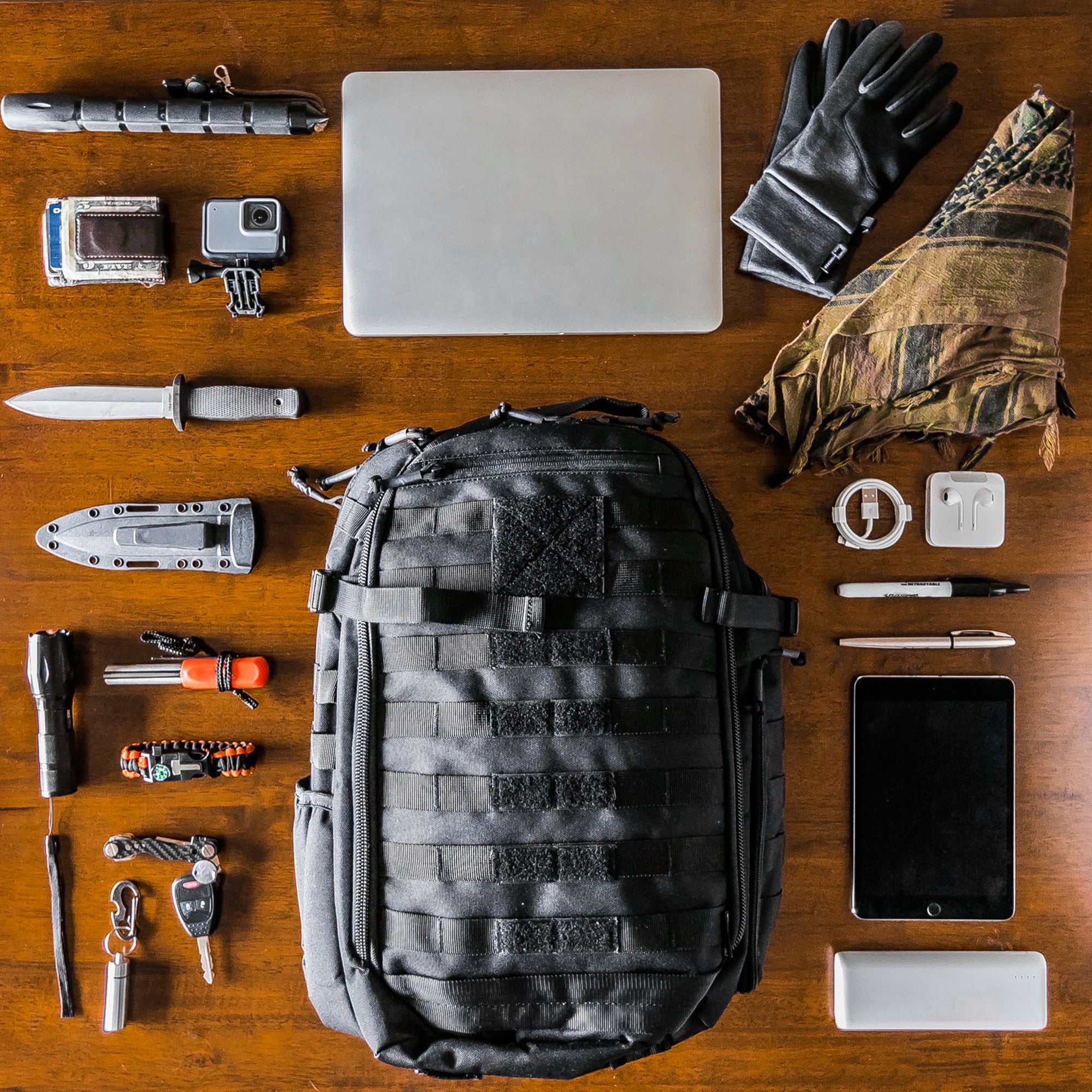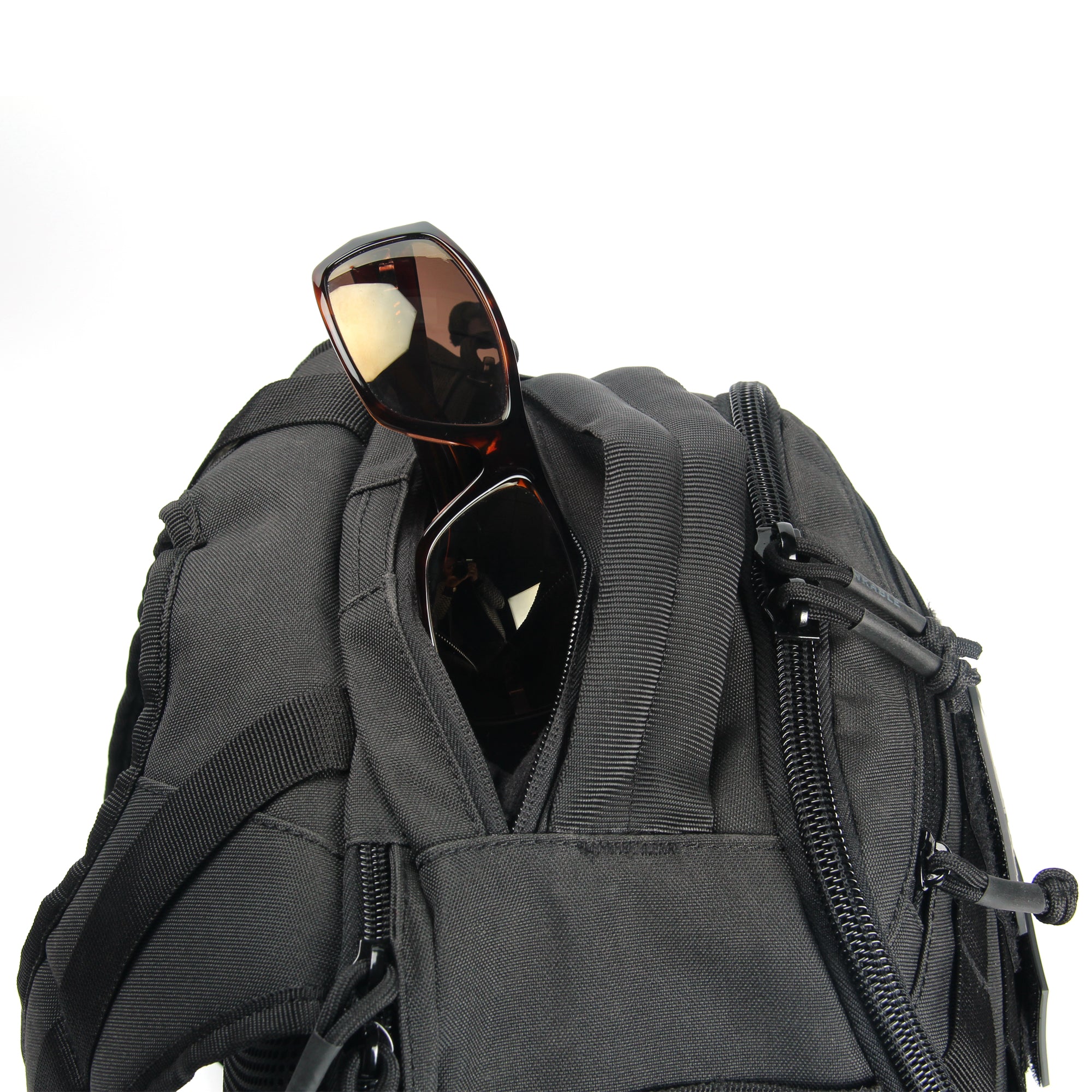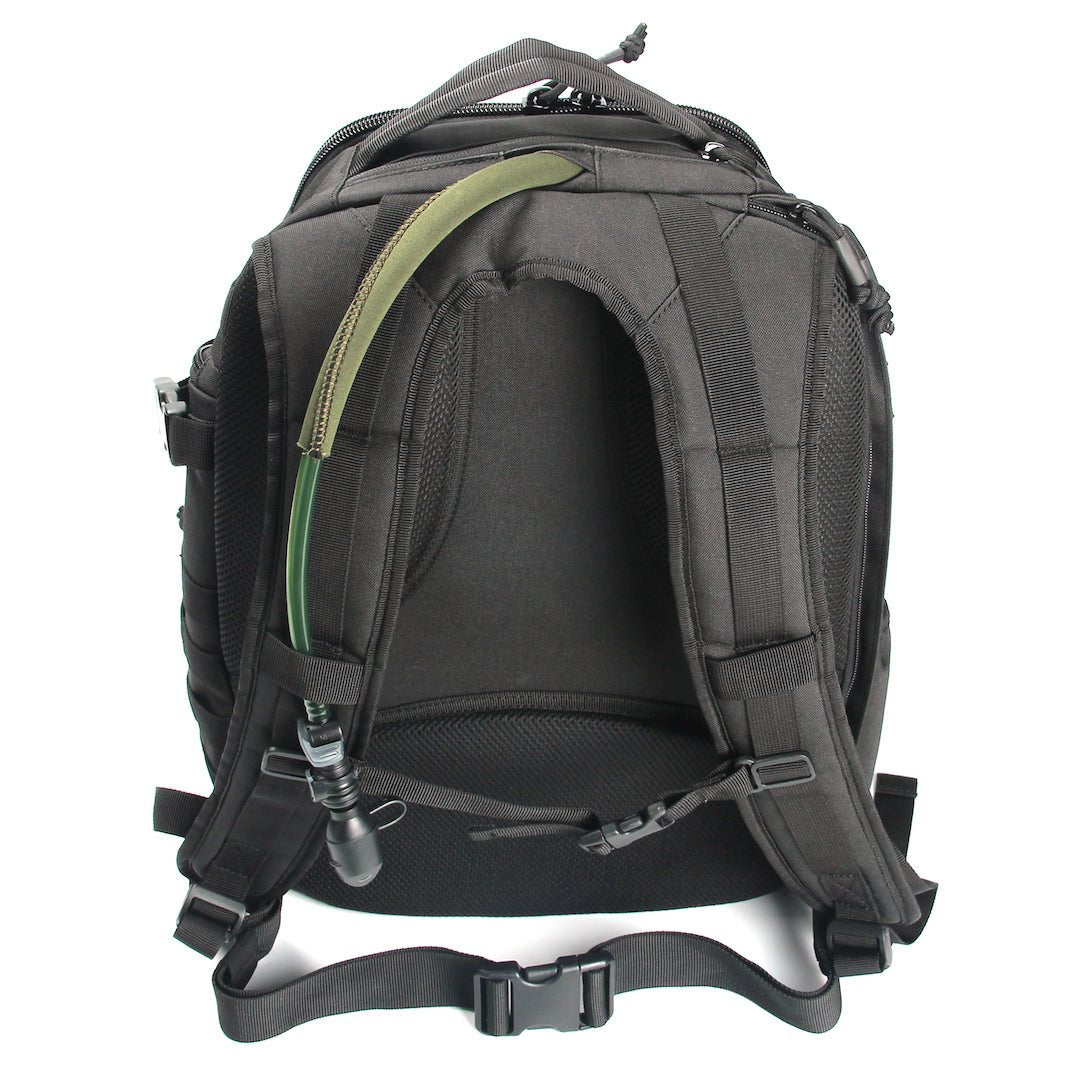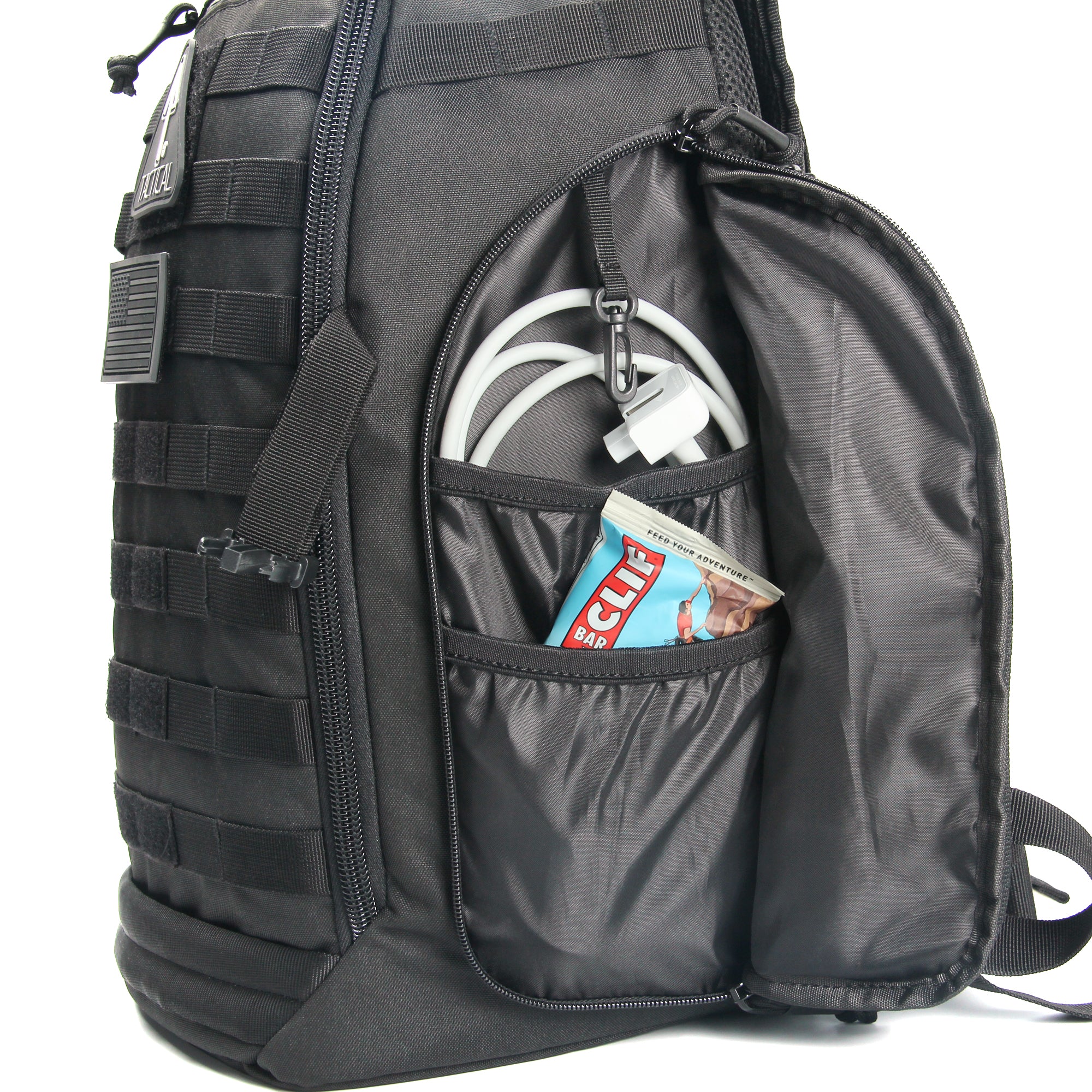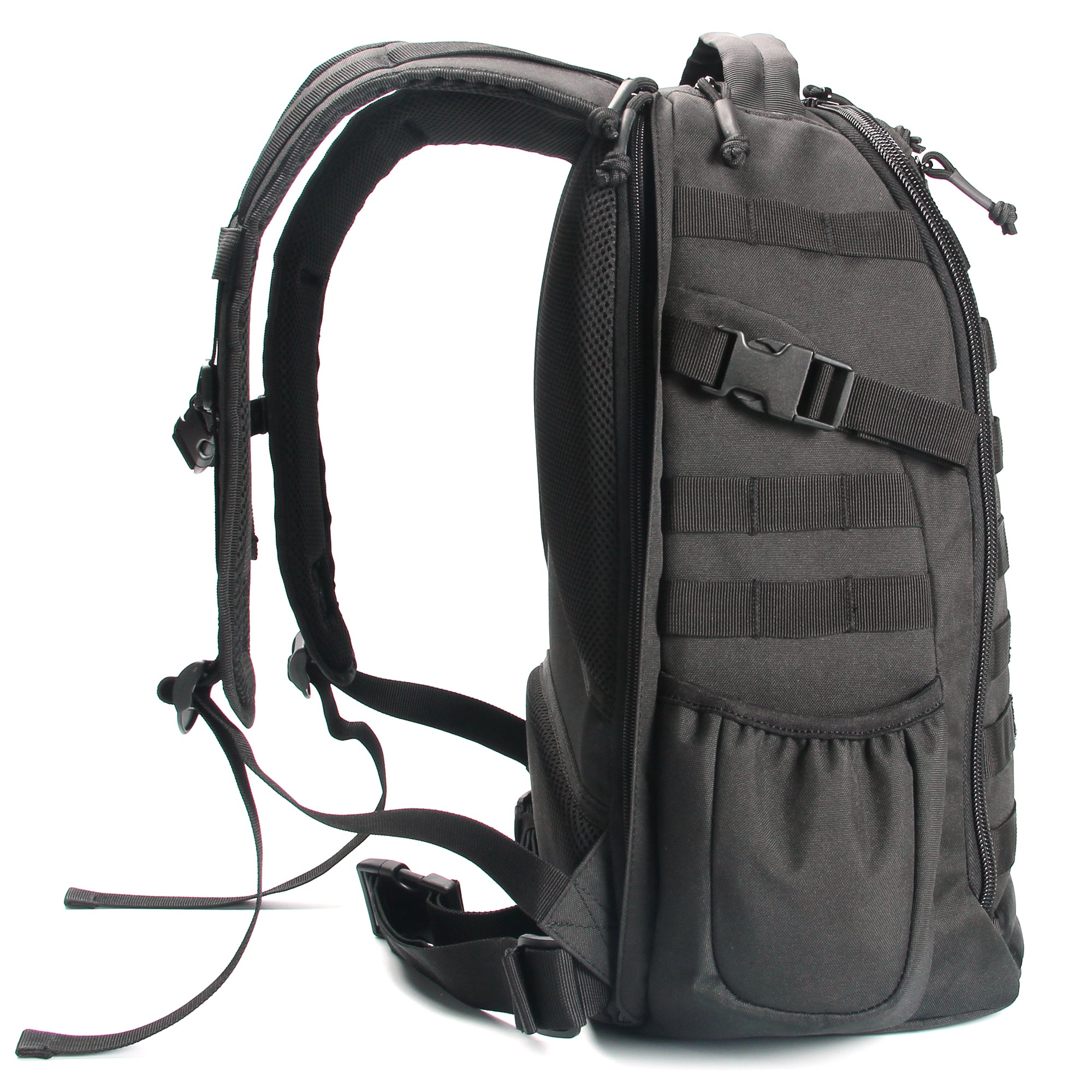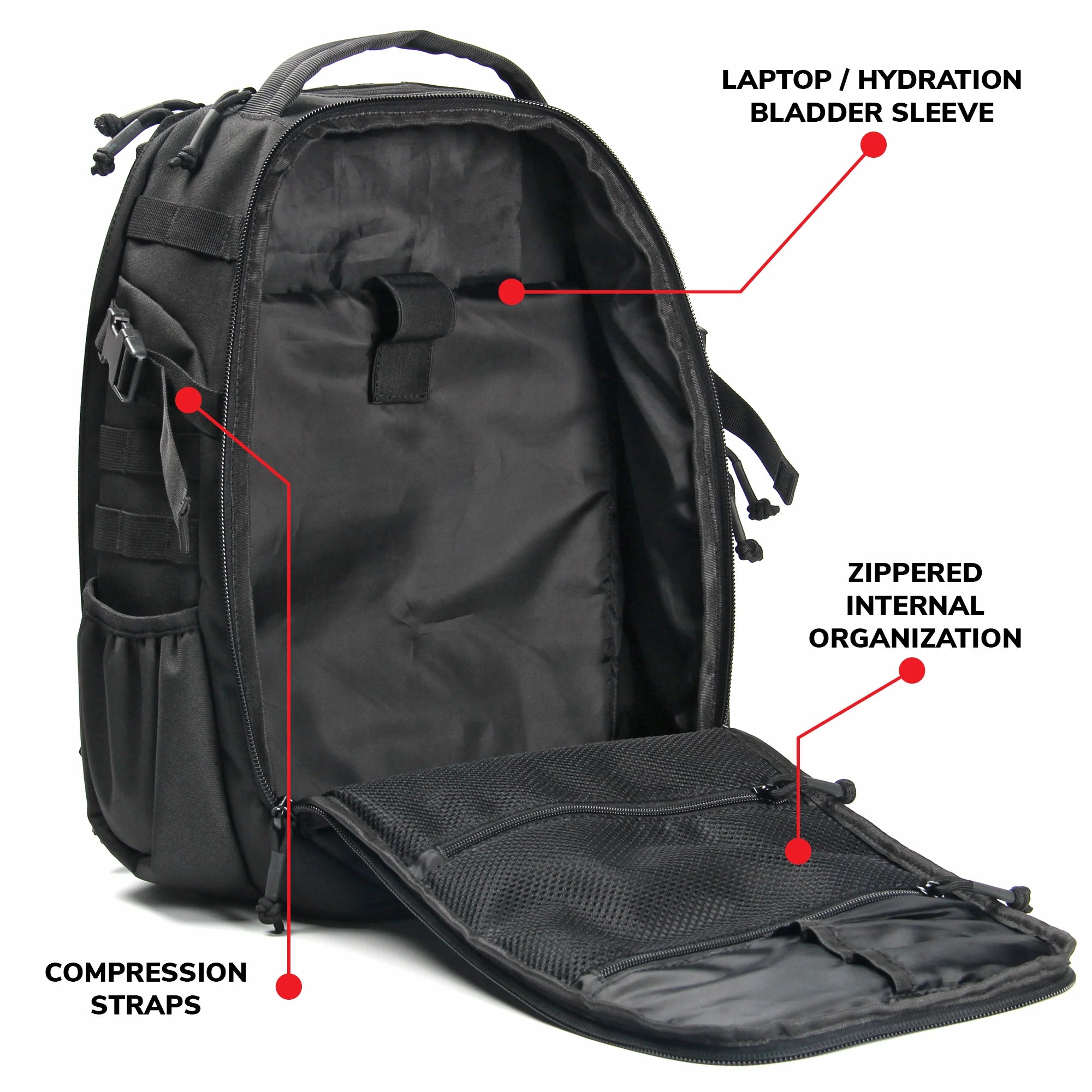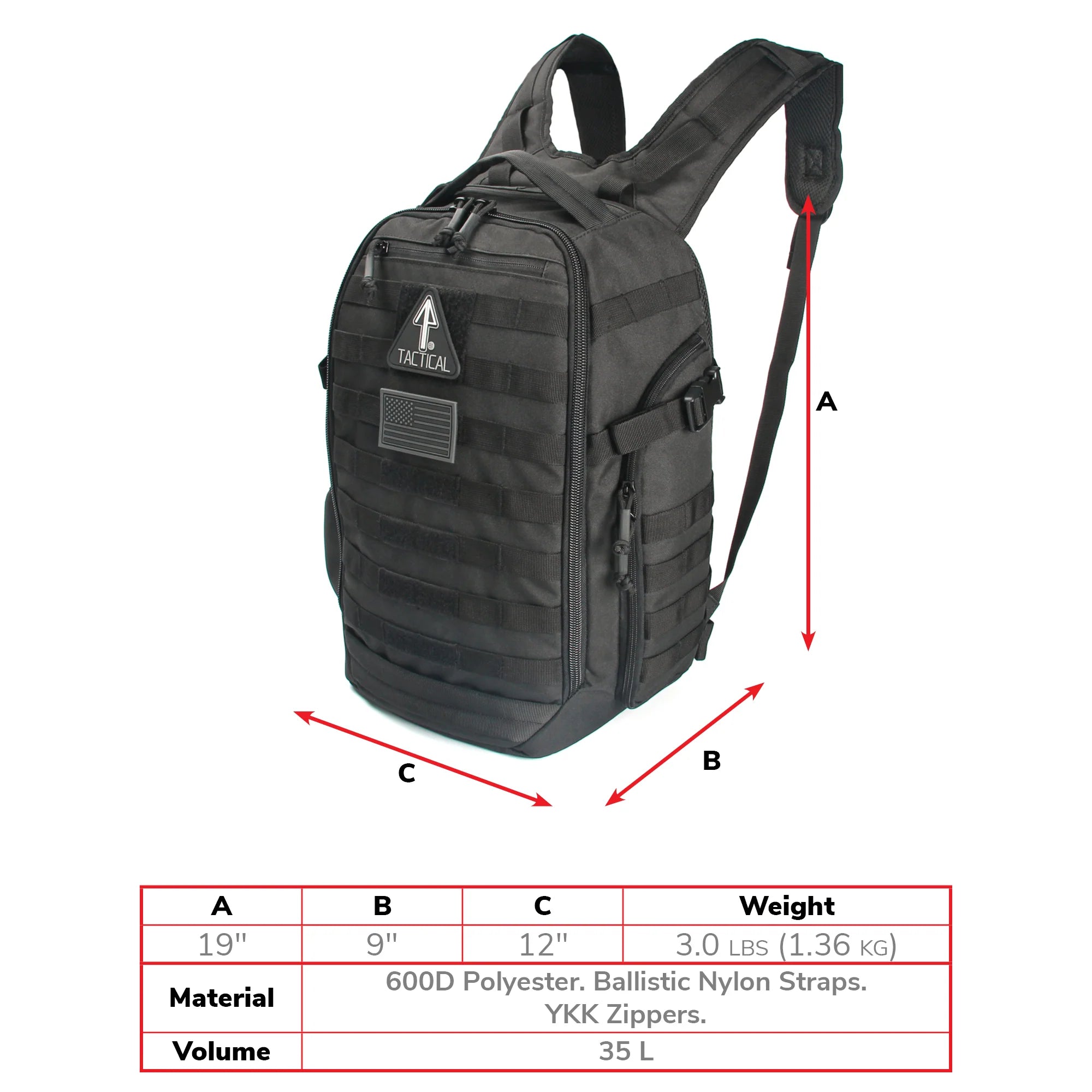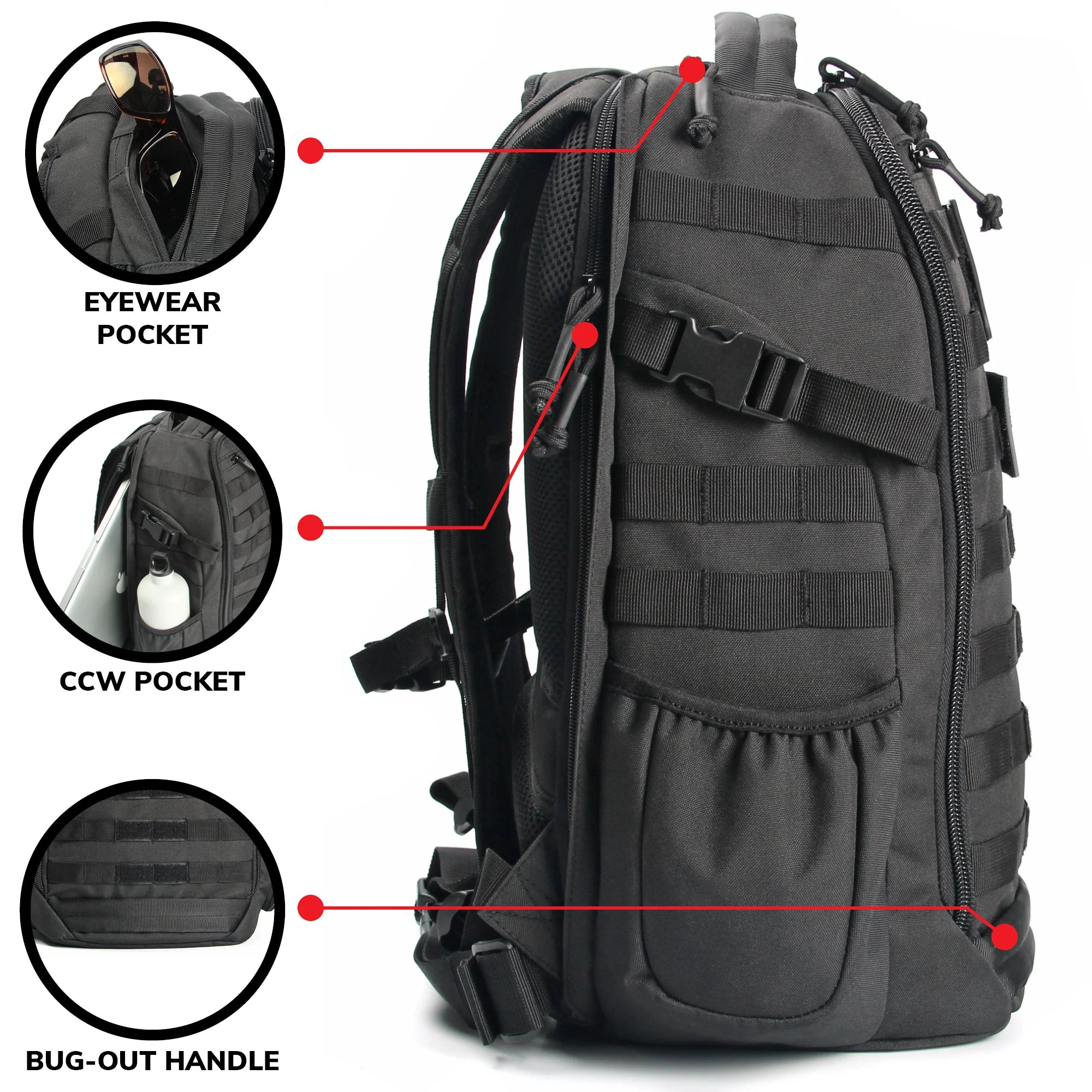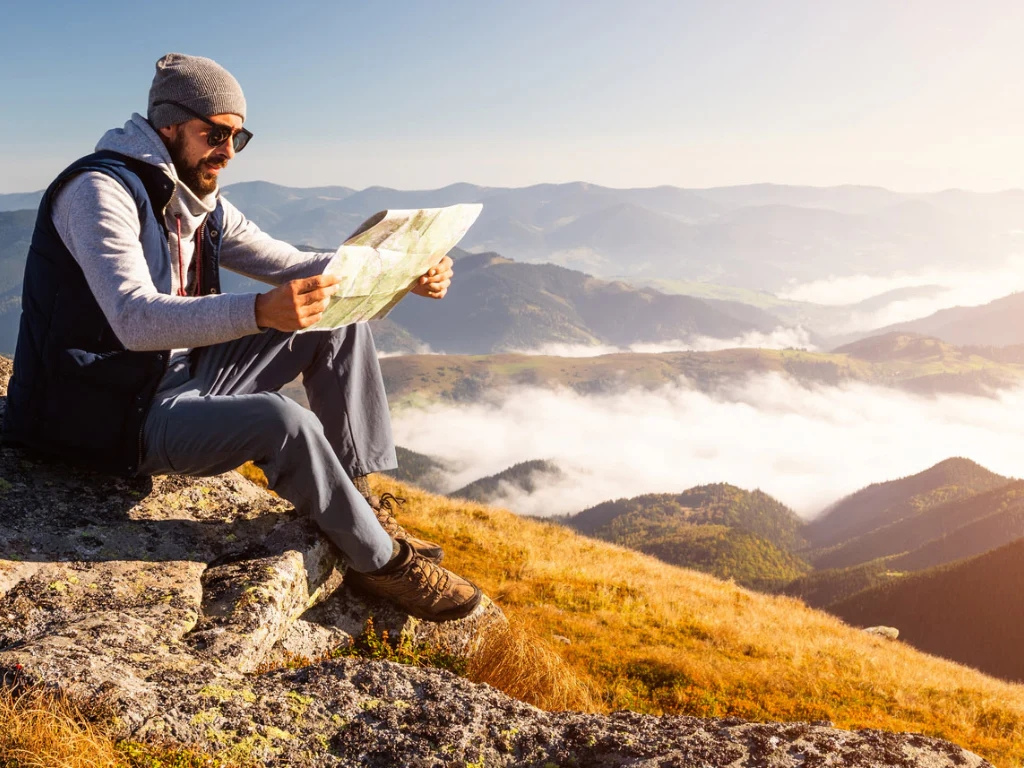The history of tactical gear is as old as warfare itself. From the armor of ancient warriors to the high-tech equipment used by modern soldiers, tactical gear has always played a crucial role in providing safety and enhancing the effectiveness of those in combat. But what happens when this military technology finds its way into civilian hands? This blog post explores the journey of tactical gear from the battlefields to everyday life, revealing the broader implications of adapting military innovations for civilian use.

From Battlefields to Backpacks: The Dynamic History of Tactical Gear
The roots of tactical gear can be traced back to ancient civilizations, where warriors donned armor made from leather, metals, and other materials available at the time. However, it was during the World Wars that tactical gear underwent significant advancements. The development of lightweight, durable materials and the introduction of new items like utility belts, backpacks, and protective vests revolutionized the way soldiers were equipped for battle.
In the modern era, technology has pushed the boundaries of tactical gear even further. The use of advanced materials such as Kevlar and Nomex, along with innovations in digital technology and communication equipment, has dramatically improved the safety and efficiency of military operations.

Crossing Lines: How Military Gear Redefines Civilian Life
The transition of tactical gear from military to civilian use is not just a matter of surplus military equipment finding its way into the hands of civilians. It is a deliberate process driven by consumer demand, market trends, and the continuous evolution of technology. Today, items that were once exclusive to military personnel, like tactical backpacks, protective clothing, and night-vision goggles, have become popular among civilians for various uses, including outdoor adventures, personal security, and emergency preparedness.

Beyond the Frontline: The Far-Reaching Benefits of Military-Inspired Innovations
The adaptation of military technology for civilian use has numerous benefits. For outdoor enthusiasts, military-grade gear offers unmatched durability and functionality, ideal for tackling harsh environments. Emergency services benefit from the advanced protection and communication capabilities of this gear, enabling them to respond more effectively to crises. Additionally, the civilian tactical gear market has become a significant economic sector, creating jobs and driving innovation.
Navigating the Grey Zone: Ethical and Practical Challenges in Civilian Adaptation
While the benefits of military-to-civilian technology transfer are numerous, there are also challenges and ethical considerations. One of the primary concerns is ensuring that the use of military-grade technology in civilian life adheres to legal and ethical standards. This includes ensuring that such equipment is used responsibly and does not fall into the wrong hands.
Moreover, while adapting tactical gear for civilian use, manufacturers must balance military functionality with civilian needs. For example, while a military backpack might be designed for rugged combat environments, a civilian version would need to be adapted for everyday use or outdoor activities, focusing on comfort and practicality.
Educating consumers about the proper use and maintenance of tactical gear is also crucial. Misuse of this equipment can lead to accidents or legal issues, making education and responsible marketing essential components of the civilian tactical gear industry.

Real-World Transformations: Case Studies in Military-to-Civilian Innovation
A great example of successful military-to-civilian technology transfer is the adaptation of GPS technology. Originally developed for military use, GPS is now a staple in civilian life, helping with navigation in cars, smartphones, and outdoor equipment.
Another case study can be found in the development of tactical backpacks. These backpacks, which originated in the military, have been adapted for civilian use with features like hydration bladders, modular attachments, and ergonomic designs, making them popular among hikers, campers, and even urban commuters.
These case studies illustrate how military innovations can be effectively adapted for civilian use, often leading to unexpected benefits and new market opportunities.

Looking Ahead: Lessons and Futures in Military-Civilian Technology Crossover
The evolution of tactical gear from military to civilian use highlights several key lessons about technology adaptation. It shows the importance of innovation, consumer needs, and market dynamics in shaping the way military technology is repurposed for civilian life. It also underscores the need for responsible use and ethical considerations in the commercialization of military-derived technologies.
Looking ahead, the trend of adapting military technology for civilian use is likely to continue, driven by advancements in materials science, digital technology, and consumer demand. This presents exciting opportunities for companies like 14er Tactical, who are at the forefront of bringing high-quality, military-inspired gear to the civilian market.
The journey of tactical gear from the battlefields to everyday civilian life is a testament to human ingenuity and adaptability. It demonstrates how military innovations, when thoughtfully and responsibly adapted, can enhance safety, efficiency, and enjoyment in our daily lives. As we continue to explore and adopt these technologies, it's crucial to maintain a balance between innovation and ethical responsibility, ensuring that the benefits of these advancements are enjoyed by all.


